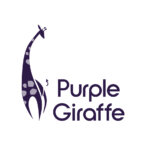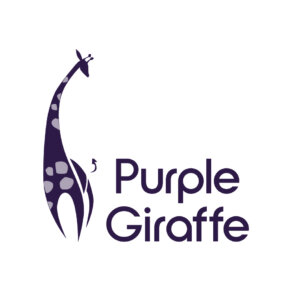If your inbox is anything like mine it’s cramped with emails and newsletters each day from companies and websites subscribed to in the day-to-day of an increasingly online existence. And if you are like me, depending on how much time you have (and your interest in what’s on offer) most of them go unread and often quickly deleted.
The thing is, with the rise of Mail Chimp and other great newsletter tools offering companies the ability to easily collect and build email lists and create clever, tailored and professional looking newsletter templates in a cinch, the number of them hitting mailboxes all over the world has quadrupled!
Now the problem is cutting through all the clutter to make yours stand out. But how do you do this?
Below are five simple tips that you can start with to help get your newsletter read.
Be Personable
Personalise your newsletter and be sure to use your subscribers name. Never forget you are talking to a singular person who has taken the time to give you some of their details and agreed to be contacted by you. So with this is mind, be conversational in your tone and talk to them like valued friend, not a number.
Even though you may be emailing thousands of people on your database each time, remember it’s being received in a single person’s inbox and that they are an individual.
Individualisation is a key factor in ensuring they open and then respond to your newsletter. This can start with using their name but can go so much further depending on how much, the quality, and what information you collect about them and how and if you segment your email database. Directing them to certain products or information that they have either bought before of indicated that they like or are interested in is an easy and fool-proof way to personalise and increase engagement.
Grab their Attention with a Bold Subject Line
The subject line of your newsletter should catch the attention of your audience and inspire them to open your email. Essential rules to follow are: keep it short; make it catchy; sound professional; and create some expected value. It’s a good idea to test your subject lines if possible to work out which one gets the most desirable result.
Timing is Everything
As with most things in life, timing is everything. Research suggests that emails of a recreational nature sent during off peak hours have a better chance of being opened. It is always a good idea to test different send times and days to see what works best and if possible to segment your emails if your database is spread across different time zones so that hits their inbox at an opportune time.
Be Mobile Friendly
More and more emails are being received and read on mobile devices. This is especially true of newsletters. Therefore it is very important that your emails are optimised for mobile devices. Make sure you use the one column template, keep links in the mobile view and make sure the font is easy to read.
Make Good Use of Images but Don’t Overdo It
Images are a valuable, succinct and easy way to get your message across and create interest. However, make sure that you use high quality and relevant images to compliment compelling copy and information. Your newsletter should be able to stand alone without images and still be interesting. Also, as an aside, always use alt text that makes sense because not all recipients can receive images.
To Re-Cap
Make sure you stand out from the crowd and get read by, personalising your newsletter, grab a readers attention with a catchy subject line, send your email at the right time, make sure it can be read on a mobile device and that not only does it contain beautiful imagery but outstanding copy!







